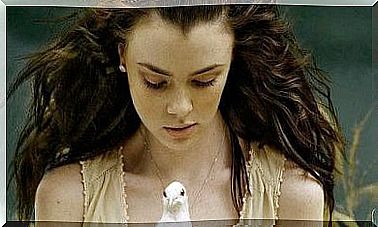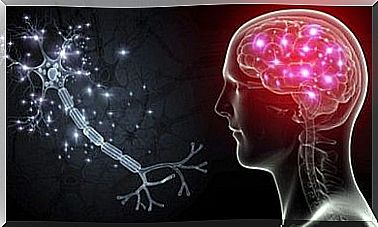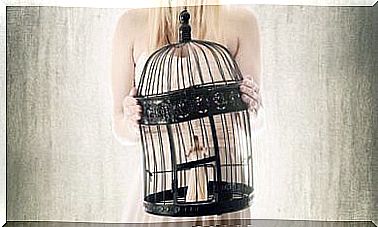Why Isn’t Little Red Riding Hood’s Wolf Bad?
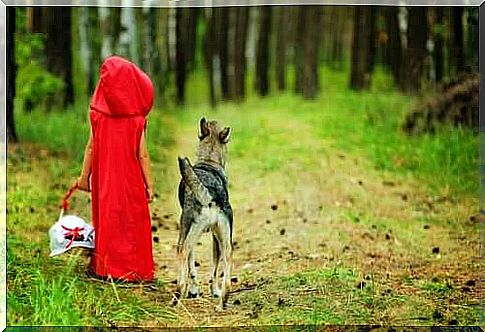
Society often overwhelms us with its insane pace and ends up making it virtually impossible to take time to reflect on what we say to our children and how we treat them. How many times have we heard or even said the following sentence: “Pedrinho! You are very bad, don’t do this to your sister !”. Does it look like something ordinary? For me it’s something very familiar. I’ve heard this phrase countless times and, at times, I admit to having said it myself. It’s the act of giving a label, and we do the same thing with Little Red Riding Hood’s big bad wolf. Why?
It seems that Pedrinho’s behavior was not a very happy choice, but then to tell him that he is a bad child, there is a big difference.
One of the most relevant aspects to be able to understand the reason for this is to differentiate an act in itself, the child’s behavior, from the child as a whole. It is very important to know how to differentiate between act and person and be very careful with any generalizations or stereotypes.

The danger of labels
I am almost certain that if Pedrinho’s father said this to his son, it is because what he did was reprehensible and his behavior was not at all appropriate. Now, the problem or the wrong one was Pedrinho’s behavior, not him himself.
If we constantly confuse our children’s behaviors or actions with themselves, we will very likely undermine their self-esteem little by little without realizing it. It’s not the same to say “you’re too distracted” (a personality trait) and to say “you got distracted” (a behavior).
Therefore, the fact that the children say that the wolf in Little Red Riding Hood is bad was something that always caught my attention. We attribute this personality trait (being bad) to him because he wanted to eat Little Red Riding Hood.
The conclusion is quite simple: if he wants to eat Chapeuzinho, it can only be bad. Only the bad guys do that kind of thing.
Of course, every time wolves appear in a story or story (we have Little Red Riding Hood, The Three Little Pigs, Peter and the Wolf, etc), we take it upon ourselves to explain that wolves are bad because they want to hurt the main characters, and so they end up with the label of evildoers. But the reality is not exactly that.
Of course the wolf is not bad. The wolf wants to eat Little Riding Hood because he’s hungry, not because he’s bad. If we explain this to our children, they can have more realistic, healthy and positive expectations. Poor wolves… What a bad name they have!
Therefore, it is important to try to change the behavior of labeling others so rigidly.
The art of describing behaviors
Luis Cencilo, philosopher and psychologist, used to use a concept that, for me, is very practical: resemantization. Resemantization consists in exchanging an assignment for a more adaptive one.
For example, instead of saying that a child is very awkward and embarrassed, to resemantize this (to give another label) would be to call the child shy.
How difficult it is to change a label once it has been placed! Is not it? Very difficult. As the Valencian psychologist Alberto Soler said well, labels are something very easy to put on, but in the very next second they become something very difficult to remove.
For this, Soler uses the metaphor of the labels that come on the preserve jars. Once we put a label on a child (nervous, bad, restless, spoiled, irritable, etc), then it will be very difficult to remove it, even if the child brings evidence that works in his favor.
For that reason, be very careful about the labels you spread around.
Human beings have a tendency to behave in accordance with the labels or prejudices that are issued against them. That’s right: we usually assume what is expected of us.
Henry Ford said that “whether you think you can or if you think you can’t, you will be right.”
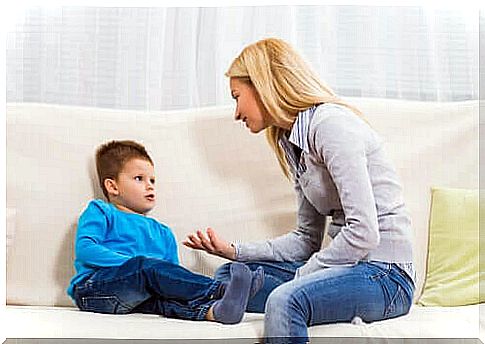
A classic story I use to explain the consequences of taking on a label or a role is Galton’s ride. Francis Galton was the cousin of Charles Darwin. One morning, he decided to enter a park at a time when he was thinking he was the worst person in the world.
At no time did he speak to anyone, after all, he just thought about how he was a person totally worthy of contempt.
What did Galton himself observe in the people he came across during his walk? Most of the people he encountered followed a tendency to turn away from him and look at him in fear. Surprising, isn’t it? That’s the power of labels.
Why isn’t Little Red Riding Hood’s wolf bad?
Going back to the explanation I was giving about why Little Red Riding Hood’s wolf isn’t bad, I’m also convinced that there are no bad kids.
Despite this, it is common to hear “The guy is very bad”. This is always in the face of bad behavior, which in fact should be a reason to listen and understand the child
I’m not saying this to justify the behavior or anything like that, but I propose trying to understand why the child is behaving in a certain way, whether habitually or not.
For this, the best we can do, either with our children or if we have students, is to talk to children about their behaviors rather than qualifying them in labels that often become permanent.
Always think about the way you act with your child, the labels you give and the consequences of all this. Your view of things can have very different consequences, and so the ideal is to be as flexible, healthy and adaptive as possible.

